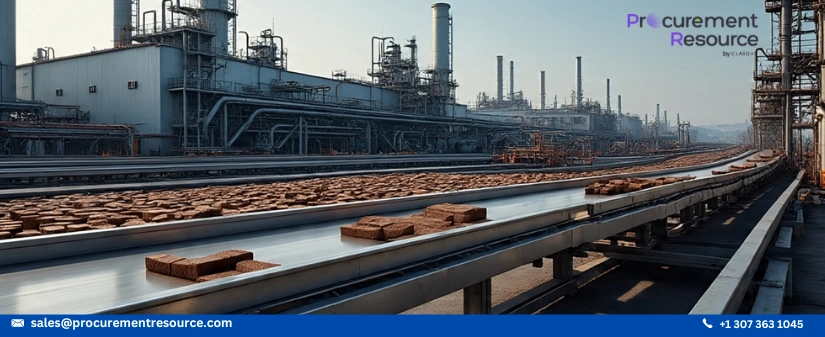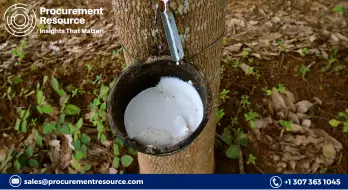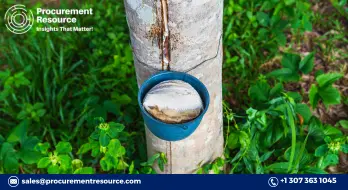Brazil’s natural rubber production is set to rise considerably in the marketing year 2024/2025 by the end of season in August 2025

The 2024/2025 natural rubber harvest in São Paulo, which accounts for 65% of Brazil’s total production, is projected to reach 266,000 tonnes by the end of the season in August. According to estimates from the Agricultural Economics Institute (IEA), this would translate to an 8.8% increase compared to the previous year.
However, some farmers have reported lower yields in early assessments. Since 70% of the harvest occurs between March and August, final output will largely depend on weather conditions during this period, according to Gilson Pinheiro, an agronomist managing rubber plantations across 640 hectares in northwestern São Paulo.
Industry experts have raised concerns about potential production declines. Fabio Tônus, executive director of the São Paulo Association of Rubber Producers and Processors (APABOR), warned that adverse weather, labor shortages, and wildfires in 2024 could reduce output by up to 20%. Wildfires damaged some rubber plantations, while many workers left the industry or returned to their home states, creating workforce challenges.
Despite uncertainties over final production volumes, profitability has reached a five-year high. Prices have surged 118% compared to the previous year, providing relief to producers after years of financial strain, rising imports, and labor shortages. These challenges contributed to an 11.2% reduction in cultivated area in São Paulo over the past two years.
Read More About Natural Rubber Production Cost Reports - Request Free Sample Copy in PDF
Since the harvest began in September 2024, prices have climbed steadily. In February 2025, São Paulo’s average producer price reached Rs.6.65 per kilogram of coagulated rubber, up from Rs.3.10 in 2023 and Rs.3.05 in 2024. Farmers like Fábio Magrini, whose family has long been involved in rubber cultivation, see this as the first profitable season in years.
The price increase is partly attributed to global supply constraints caused by weather disruptions in major rubber-producing countries such as Thailand and Indonesia, as noted by IEA researcher Marli Mascarenhas. While higher prices bring optimism, producers remain cautious about expanding investments given past volatility in the sector.

.webp)

